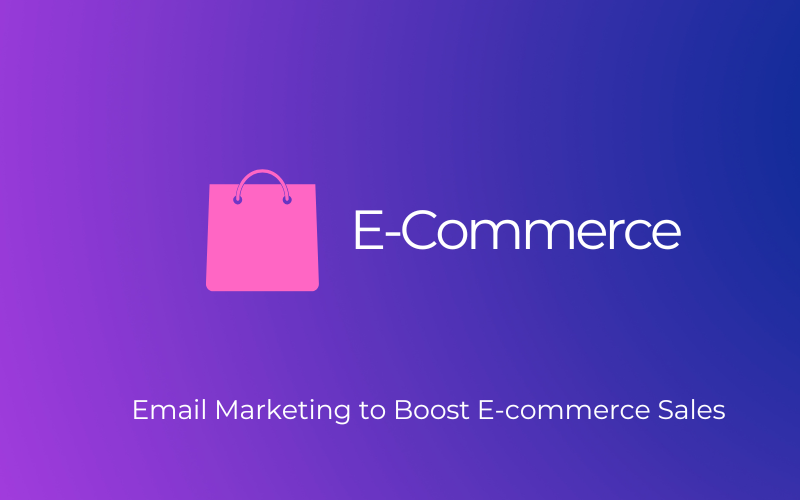
In the world of digital marketing, email remains one of the most effective channels for driving customer engagement and boosting e-commerce sales. With a well-planned email marketing strategy, businesses can nurture leads, retain customers, and generate repeat purchases. In this blog post, we will discuss the best practices for creating successful email campaigns and introduce some top tools to help manage and automate your email marketing efforts.
Best Practices for E-commerce Email Marketing
Build a Quality Email List: To ensure your emails reach the right audience, focus on growing a high-quality email list with subscribers who have explicitly opted in to receive your content. Avoid purchasing email lists or using aggressive tactics that may lead to a high unsubscribe rate and damage your brand reputation.
Segment Your Audience: Segment your email list based on factors such as customer behavior, demographics, or purchase history to deliver more personalized and relevant content. By targeting specific segments with tailored messages, you can increase engagement and conversion rates.
Craft Compelling Subject Lines: Capture your subscribers' attention with engaging subject lines that encourage them to open your emails. Keep them short, clear, and action-oriented, while also incorporating personalization and a sense of urgency when appropriate.
Optimize Email Content: Focus on delivering valuable content that resonates with your audience. Incorporate strong visuals, clear call-to-action (CTA) buttons, and concise messaging to guide your subscribers towards making a purchase.
Personalize Your Emails: Personalization goes beyond just including the recipient's name. Use data such as browsing history, past purchases, and preferences to tailor your email content and make it more relevant to each subscriber.
Test and Optimize: Continually test different elements of your emails, such as subject lines, layouts, and CTAs, to determine what resonates best with your audience. Use the insights gained from these tests to optimize your future email campaigns.
Top Tools for E-commerce Email Marketing
Mailchimp: Mailchimp is a popular email marketing platform that offers a wide range of features, including list management, email templates, and robust analytics. It also provides integrations with many e-commerce platforms and CRM systems.
Klaviyo: Klaviyo is an email marketing platform specifically designed for e-commerce businesses. It allows for advanced segmentation, automation, and personalization, making it an excellent choice for growing online stores.
Omnisend: Omnisend is an all-in-one marketing automation platform tailored for e-commerce businesses. It provides advanced segmentation, pre-built automation workflows, and the ability to integrate multiple channels, such as email, SMS, and push notifications.
Sendinblue: Sendinblue is a versatile email marketing platform that offers a range of features, including transactional emails, marketing automation, and SMS marketing. It also provides a user-friendly drag-and-drop email editor and extensive analytics.
Conclusion
Email marketing is a powerful channel for e-commerce businesses looking to increase sales and build lasting relationships with their customers. By implementing the best practices outlined in this post and utilizing the right tools, you can create compelling, personalized email campaigns that drive engagement and conversions. Remember, the key to email marketing success lies in continually testing, optimizing, and refining your strategy to better serve your audience and grow your business.